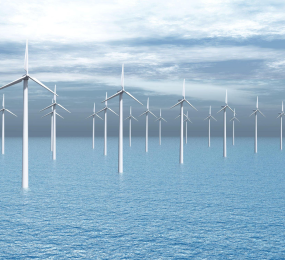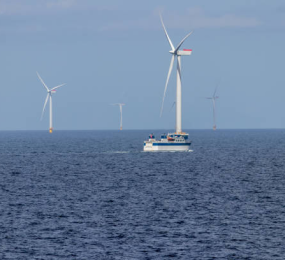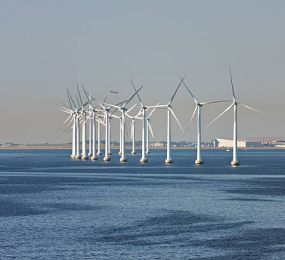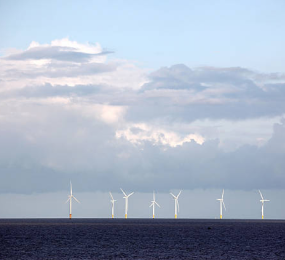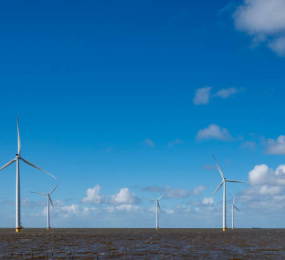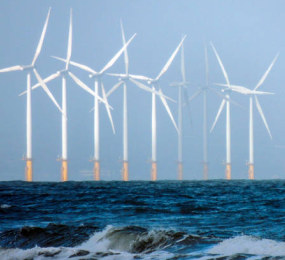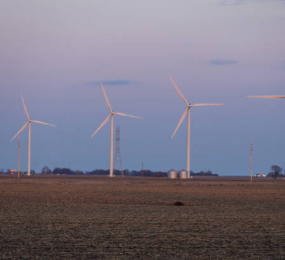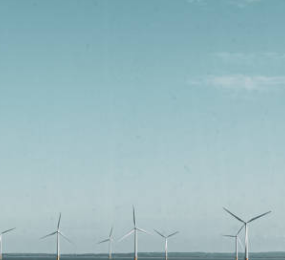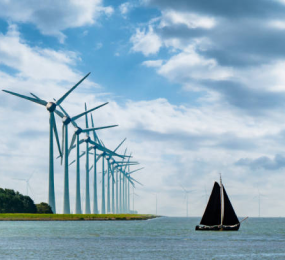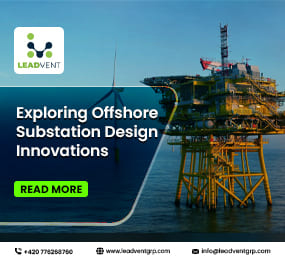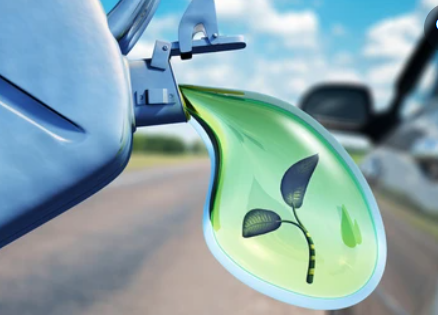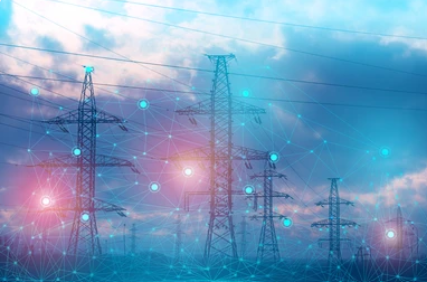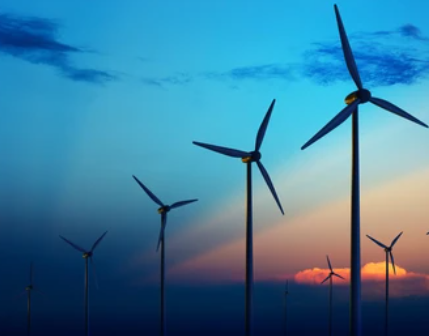The Evolution of Offshore Substations in the Renewable Energy Era
Offshore substations, once relatively niche components of the energy grid, have undergone a dramatic evolution, becoming critical enablers for the expansion of renewable energy, particularly offshore wind. Their journey reflects the industry's relentless pursuit of efficiency, reliability, and the ability to harness wind power from increasingly remote and challenging marine environments.
Initially, offshore substations were relatively simple structures, primarily designed to collect alternating current (AC) from nearby turbines, transform it to a higher voltage, and send it ashore via AC cables. These early designs were often fixed to the seabed in relatively shallow waters, serving smaller wind farms. However, as offshore wind projects grew in size and moved further from shore into deeper waters, the limitations of AC transmission over long distances became apparent due to significant energy losses.
This challenge spurred the adoption and evolution of High Voltage Direct Current (HVDC) technology. Modern offshore substations increasingly incorporate HVDC converter stations, transforming the collected AC power into DC for efficient long-distance transmission, and then back to AC at onshore converter stations. This technological leap has unlocked the development of massive wind farms far out at sea, making previously inaccessible wind resources economically viable.
The latest frontier in offshore substation evolution is the emergence of floating substations. As wind farms venture into ultra-deep waters where fixed-bottom foundations are impractical, floating designs offer a flexible and scalable solution. These innovative structures, still in their early stages of deployment, are designed to withstand dynamic marine conditions, providing the crucial link for floating wind turbines. Furthermore, future substations are envisioned as integrated energy hubs, potentially incorporating energy storage, green hydrogen production facilities, and even acting as nodes in a meshed offshore grid, further enhancing grid stability and renewable energy integration. This continuous evolution underscores their indispensable role in shaping a decarbonized global energy future.
Visit our website to know more: https://www.leadventgrp.com/events/2nd-annual-offshore-and-floating-substations-forum/details
For more information and group participation, contact us: [email protected]
Leadvent Group - Industry Leading Events for Business Leaders!


